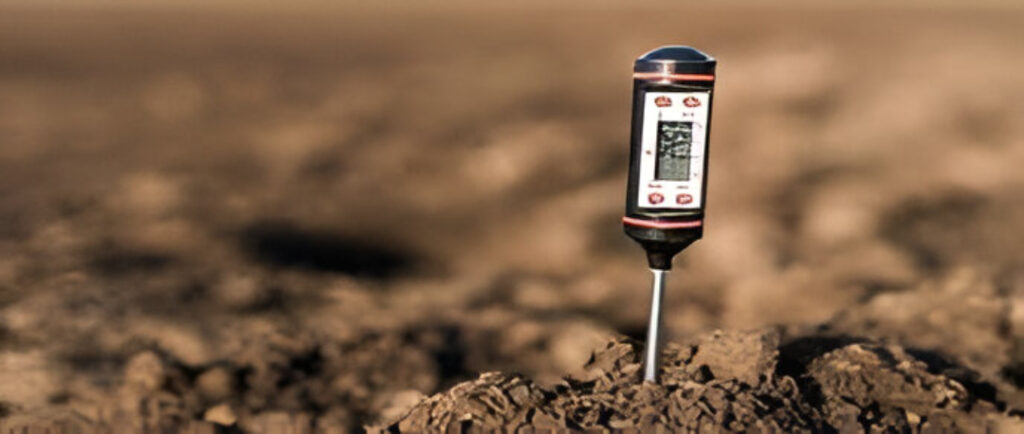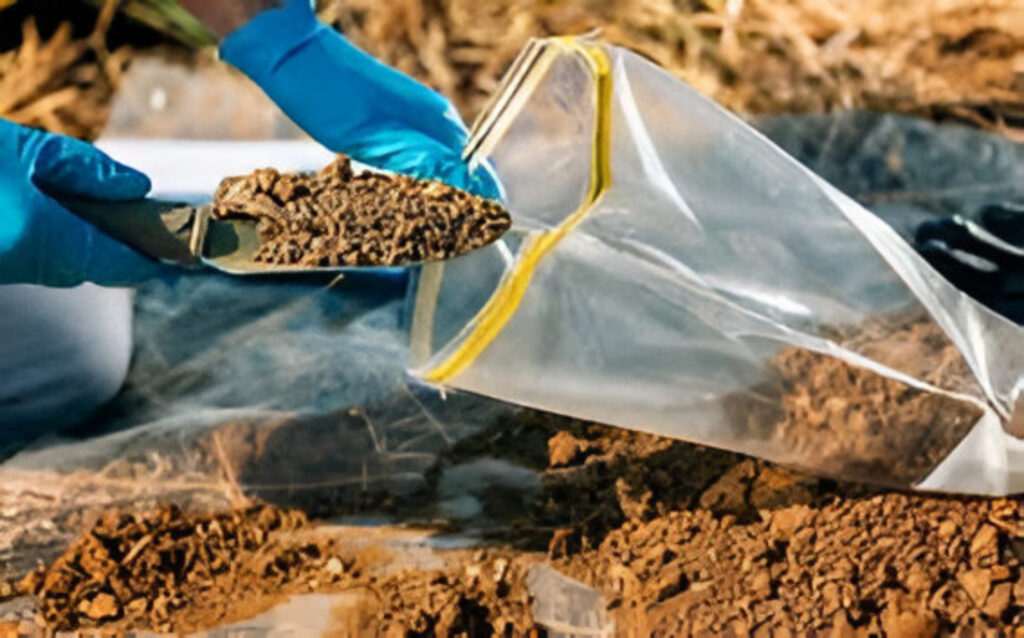When embarking on a construction project, one of the most critical aspects to consider is the soil on which the structure will stand. Soil is the foundation of any building, and understanding its properties is essential to ensure safety, stability, and longevity. This is where soil testing comes into play. Various types of soil tests are conducted to gather essential information about the soil’s physical, chemical, and engineering properties. In this blog, we will explore the different types of soil tests used in construction and their significance.

Why Soil Testing is Important?
Before delving into the specific tests, it’s vital to understand why soil testing is a crucial step in the construction process. Soil testing helps in:
1. Assessing Load-Bearing Capacity: Knowing how much weight the soil can support is essential for designing a safe structure.
2. Determining Soil Composition: Different soil types (sand, clay, silt) have different properties. Understanding these allows engineers to choose appropriate construction methods and materials.
3. Identifying Potential Issues: Soil tests can reveal problems such as contamination, high water tables, or extreme shrink/swell potential, which can affect the construction project.
4. Regulatory Compliance: Many regions require soil testing to comply with local regulations and building codes.
Types of Soil Tests
There are two primary categories of soil testing: field tests and laboratory tests. Here’s a comprehensive look at the various types within these categories.
1. Field Tests
Field tests are conducted directly on-site. They provide immediate results and help in assessing the practical behavior of the soil.
A. Standard Penetration Test (SPT)
The SPT is one of the most commonly used field tests. It involves driving a split-spoon sampler into the soil at the bottom of a borehole. The number of blows required to drive the sampler a certain distance gives insight into soil density and strength. Higher blow counts typically indicate denser and stronger soil.
B. Cone Penetration Test (CPT)
In the CPT, a cone-shaped probe is pushed into the ground to assess the soil’s resistance. This test provides continuous data about soil stratification and strength, making it a valuable tool for both geotechnical engineers and construction planners.
C. Vane Shear Test
This test is primarily used for soft clays. A vane is inserted into the soil, and torque is applied until the soil fails. This method helps determine the shear strength of the soil, crucial for evaluating slope stability and other relevant factors.
D. Pocket Penetrometer Test
This is a quick and straightforward field test used to estimate the unconfined compressive strength of cohesive soils. It involves pushing a small device into the soil to measure resistance, providing a rough estimate of soil strength without the need for extensive equipment.

2. Laboratory Tests
Laboratory tests are conducted on soil samples collected from the testing site. They provide detailed and accurate information about the soil’s properties.
A. Atterberg Limits Test
This test determines the plasticity of fine-grained soils by measuring the moisture content at which they change state (liquid to plastic and plastic to solid). It helps classify soils and predict their behavior under different moisture conditions.
B. Grain Size Analysis
This test evaluates the distribution of different particle sizes in the soil sample. Common methods include sieve analysis for coarse-grained soils and hydrometer analysis for fine-grained soils. Understanding soil grain size is essential for determining permeability and compaction characteristics.
C. Proctor Compaction Test
The Proctor test determines the maximum density of soil given a specific amount of moisture. It involves compacting soil samples at various moisture levels to establish the optimum moisture content for maximum density, which is crucial for ensuring stability in construction.
D. Direct Shear Test
This laboratory test measures the shear strength of soil under controlled conditions. A soil sample is placed in a shear box and subjected to normal and shear forces, providing valuable data for slope stability and foundation design.
E. Unconfined Compressive Strength Test (UCS)
The UCS test is used to determine the compressive strength of cohesive soil samples without any lateral pressure. The sample is subjected to axial loading until failure. This information is essential for designing foundations and assessing soil stability.
F. Consolidation Test
This test assesses how soil will settle over time under applied loads. It measures the rate of consolidation and the amount of settlement over time, which is crucial for structures that will experience significant loading.
Soil testing is a fundamental part of the construction process that helps to ensure the safety and stability of any built structure. By understanding the different types of soil tests available—both field and laboratory—engineers and construction professionals can make informed decisions regarding site selection, design, and construction techniques.
Investing in proper soil testing can prevent costly mistakes and potential failures down the line, paving the way for successful construction projects. Whether you’re digging a small foundation or planning a large-scale development, understanding the soil beneath your feet is key to a solid future. So, don’t overlook this crucial step in your construction journey—your structure’s future depends on it!
